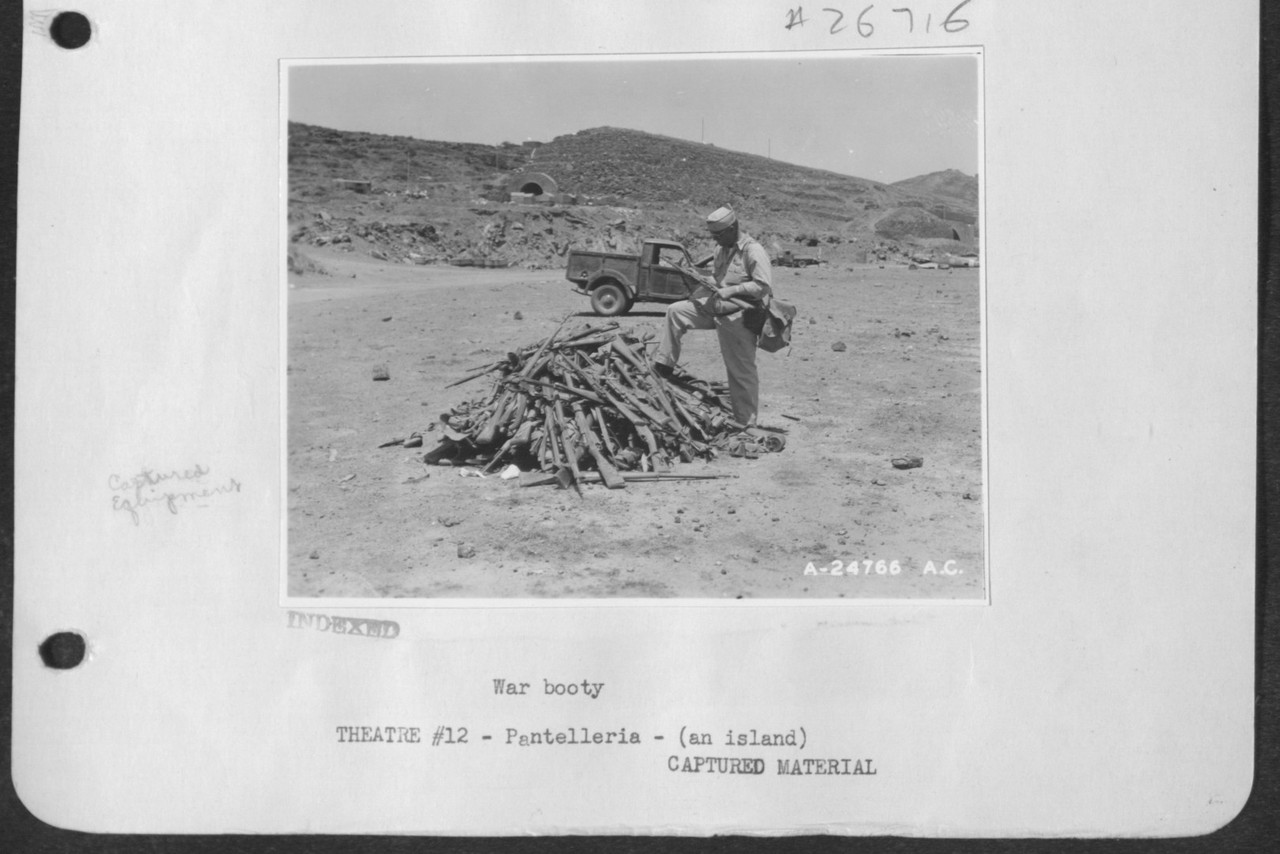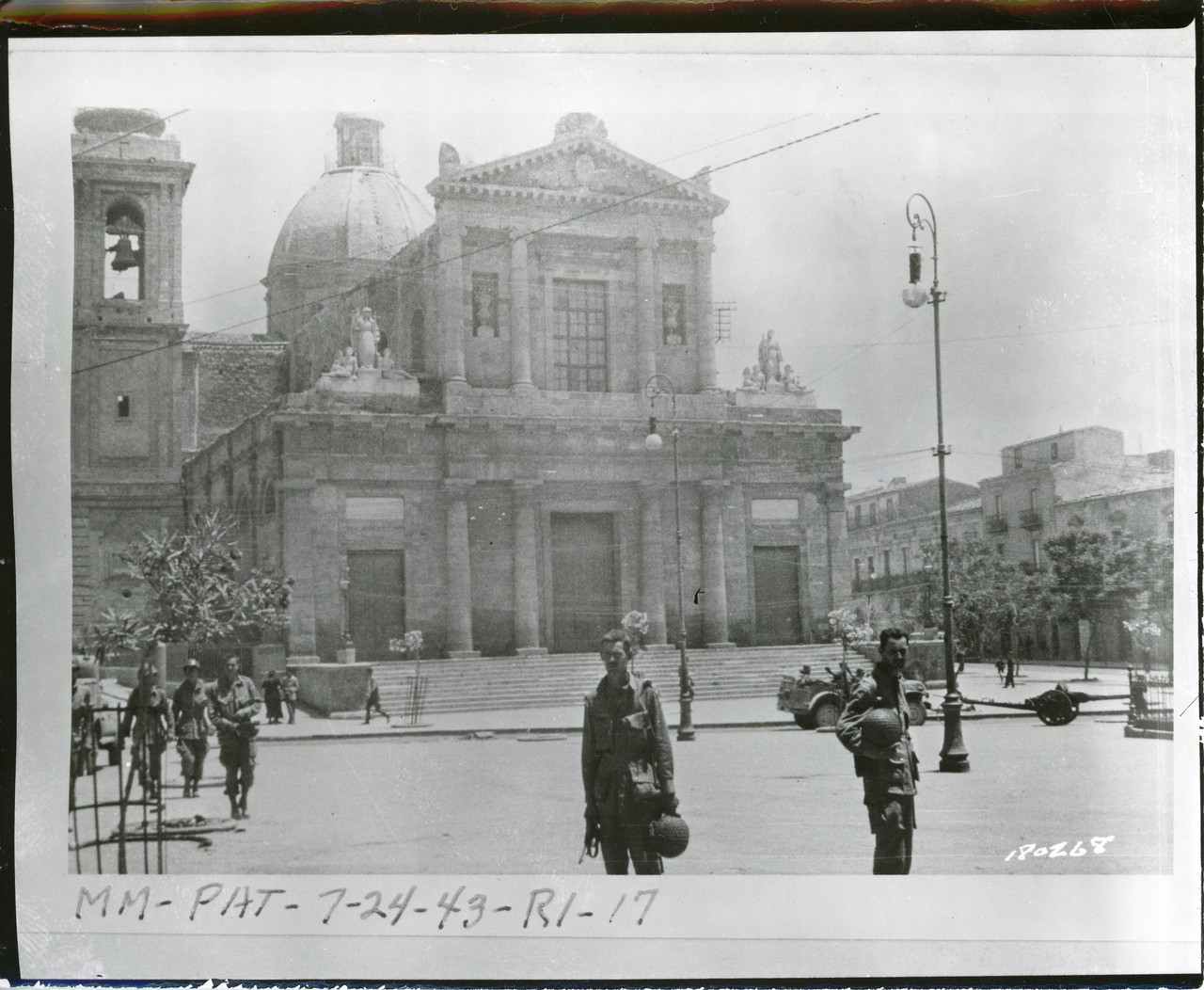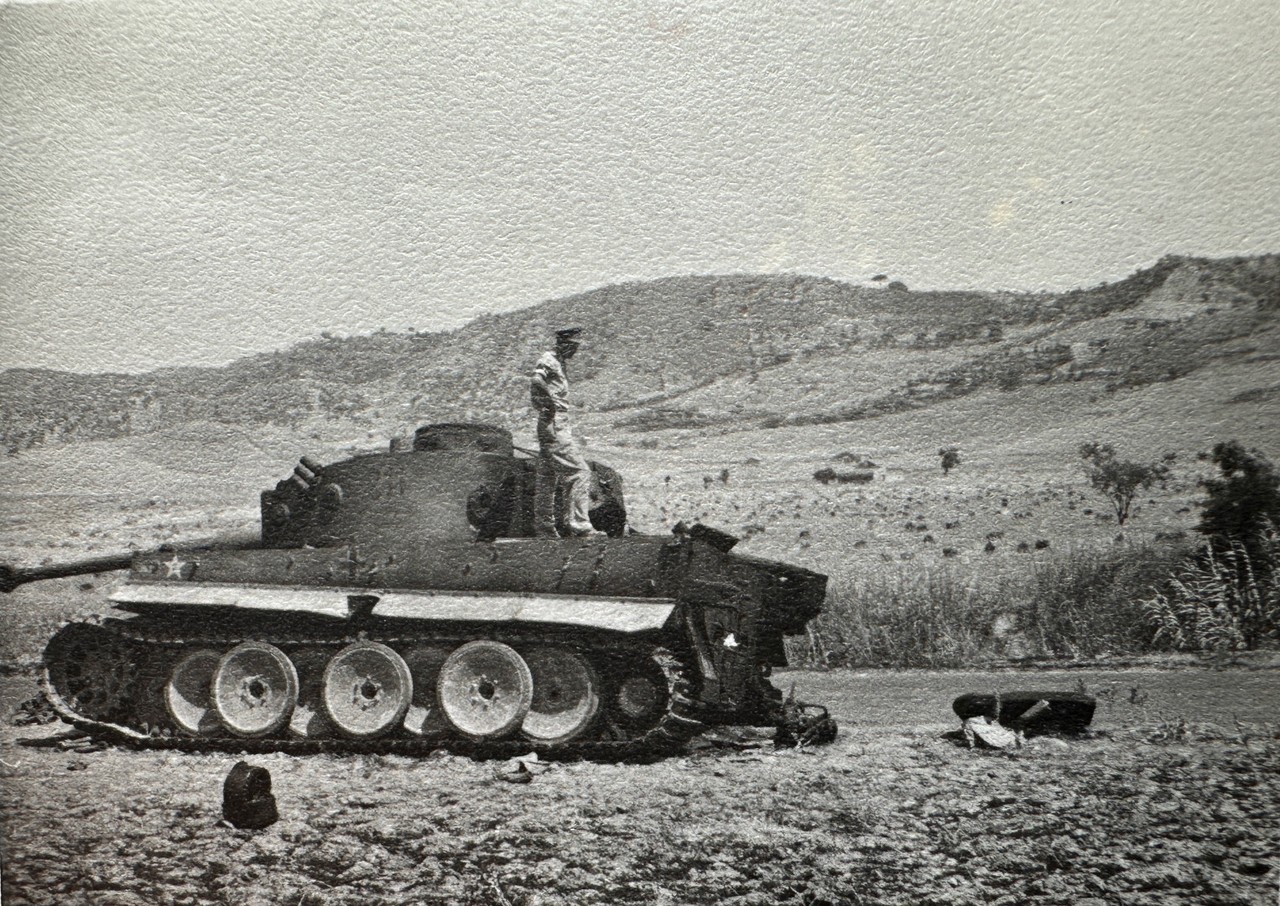The German evacuation
Italy
Bookmark
Share
Operation Lehrgang , deployed between 10 and 17 August 1943, led to the evacuation of Axis troops and war vehicles from Sicily to Calabria (Southern Italy).
The evacuation of Axis troops from Sicily was known by the code name Operation Lehrgang. Due to the rapid and unstoppable advance of the Anglo-American troops into Sicily, Albert Kesselring, supreme commander of the German forces in Italy, approved the evacuation operations. They were conducted jointly by the German and Italian navies under the supervision of Captain Gustav Freiherr von Liebenstein.
The availability of the Siebelfähren was essential for the success of the mission. These were manoeuvrable but spacious landing craft which could also be equipped with machine guns, designed in 1940 by Friedrich Wilhelm Siebel. They had a capacity of 50 tonnes, between 150 to 200 men, and could move fully loaded at a speed of 7 knots. This therefore allowed the crossing of the Messina Strait to be completed in about half an hour, enabling them to arrive at one of the ten landing places created and complete the transfer operation.
Thanks also to the effective support from air defences installed to protect the area of the strait on both sides (more than 500 artillery pieces), the transport of the troops and vehicles to Calabria was completed with an extremely low number of losses. Moreover, the Allied commands were aware of the size of the defensive apparatus set up by the Axis forces on both sides of the strait and were not prepared to put men and vehicles at significant risk to block the transfer.
Altogether, more than a 100,000 soldiers (almost 40,000 Germans and more than 60,000 Italians), more than 9,000 vehicles and tanks, as well as thousands of tonnes of ammunition and military equipment were transferred within a little over a week.
In order to carry out Operation Lehrgang - a sort of Italian-German Dunkirk - it was necessary to slow down the advance of the Allied forces. The war effort that slowed down the Anglo-Americans (British troops in particular) on the San Fratello line proved essential in this respect: the transfer of Axis troops began when they were still fighting, for example, at Brolo.


